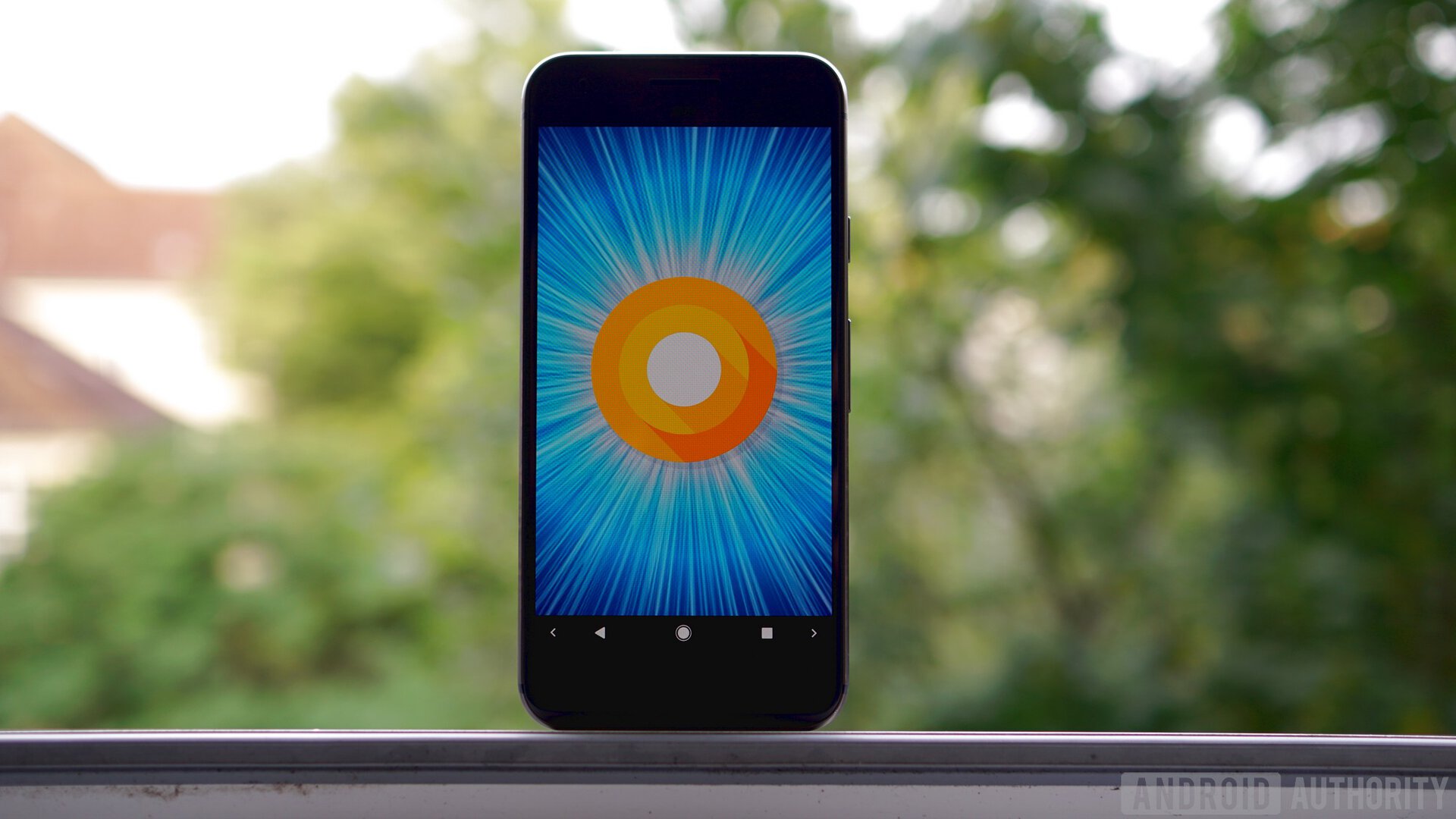Affiliate links on Android Authority may earn us a commission. Learn more.
Android gets a new battery menu [Diving into Android O]
Published onMay 18, 2017
Battery life is something Google hopes to tackle with Android O, and it plans to do so through a new battery settings menu and battery usage portrayed in a simpler and more understandable manner.
When you dive into the revamped battery settings menu, the first thing you will notice is the lack of a graph. In its place is a large battery icon, with the battery percentage and approximated time remaining to the left. Power management tools that used to be in other menus, such as adaptive brightness, sleep, and a battery percentage icon for the status bar, are now consolidated within Android O’s battery settings menu.
More significant is how contextual battery stats have become in Android O. When you enter the battery settings menu, it now displays the amount of drain as a percent and the amount of time each app was in the foreground. This compares to Android Nougat’s battery stats, which did not differentiate between the time an app was used and when it did something in the background.

If you want more detailed stats, going into an app’s battery usage shows the amount of time an app was in active use, in the background, and how much battery it used. From there, you can go to the top to disable/uninstall or force stop an app if you do not like its battery use and the bottom for background activity and battery optimization settings.
Keep in mind that the revamped battery settings menu applies to mostly-stock devices that will run Android O. In other words, skins from Samsung, LG, HTC, and others might offer their own spin on the menu once Google’s latest and greatest lands on their devices. Even so, it is clear that Google wants to do a better job when it comes to battery life and an app’s battery use in the background, so battery-draining apps like Facebook and Snapchat might not drain as much.
Do you think Android O has what it takes to increase battery life? Sound off in the comments below and, while you’re at it, check out the rest of the Diving into Android O series.